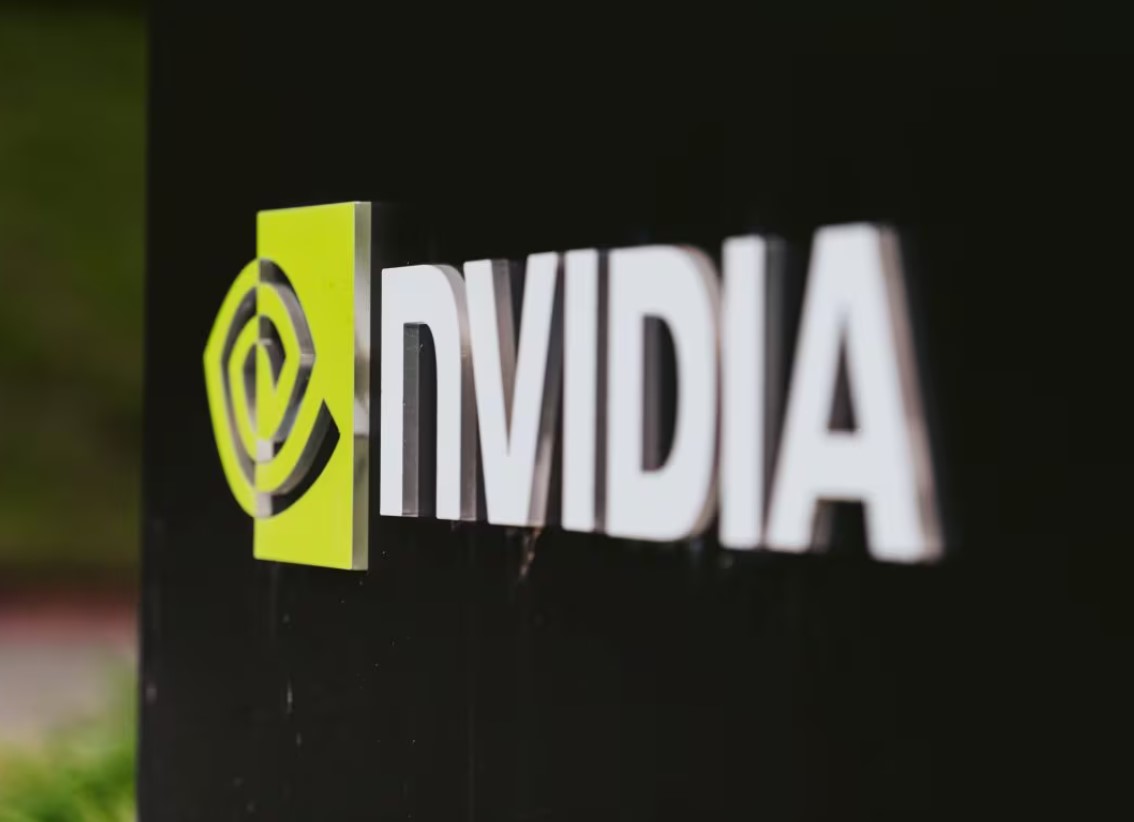Nvidia just crossed an unbelievable milestone. For a brief moment on Wednesday, July 9, the chipmaker became the first publicly traded company to hit a $4 trillion market cap. The climb didn’t hold — it slipped back to $3.97 trillion by mid-afternoon — but the message was clear: Nvidia is rewriting Wall Street’s playbook.
Less than two and a half years ago, Nvidia wasn’t even in the trillion-dollar club. Today, it’s outpacing every other company on the planet, from Apple to Microsoft, and still going strong.
The Fastest Climb in Market Cap History?
It’s not just that Nvidia reached $4 trillion. It’s how fast it got there that’s turning heads.
Back in May 2023, Nvidia was celebrating its first trillion-dollar valuation. That alone was a big deal. But then the numbers started moving like wildfire. $2 trillion came in February 2024. $3 trillion followed just four months later in June.
And now? $4 trillion. All in just 13 months.
The acceleration isn’t a fluke. It’s demand. Nvidia’s GPUs have become the backbone of the AI revolution. In the early days, gamers and crypto miners were driving sales. Today, it’s AI developers and data centers building language models that can write, paint, code — and maybe even think.
This isn’t a slow burn. This is a rocket ride. And it’s hard to find another tech stock that’s ever moved this fast at this scale.

What’s Fueling the Fire?
A big part of Nvidia’s momentum is its chips. Not just any chips — the most powerful ones on Earth for AI work.
The new Blackwell GPUs are being called “40x faster” than their predecessors. That’s a ridiculous jump. CEO Jensen Huang said demand is “off the charts.” Companies aren’t just buying — they’re scrambling to get in line.
And here’s where things get real. Nvidia isn’t just a chipmaker anymore. Its software platform, CUDA, is the sticky stuff that keeps developers locked in. Switching off Nvidia is expensive, complex, and risky — and most aren’t even thinking about it.
Let’s not forget:
-
Nvidia owns 92% of the AI GPU market, per Jon Peddie Research
-
CUDA remains the dominant ecosystem for AI development
-
The company projects AI data center spending will more than double to $1 trillion by 2028
With AI still in the early innings, Nvidia isn’t just riding the wave — it is the wave.
How Close Is $5 Trillion?
Right now, Nvidia stock is trading at $162.90, up 1.81% for the day. To get to $5 trillion, it needs to hit roughly $205 — a 25% jump.
That sounds like a lot. But when you remember the stock has already risen 171% in 2024 alone, it suddenly feels… possible.
Barclays has already set a $200 price target. Analysts expect Nvidia’s full-year EPS to hit $4.29 — up 66% from last year. If the next earnings report (due August 27) shows another 60%-plus revenue growth quarter? Don’t bet against it.
Let’s put some context around this. Here’s a simple look at Nvidia’s meteoric rise:
| Date | Market Cap | Milestone |
|---|---|---|
| May 30, 2023 | $1 trillion | Joins trillion-dollar club |
| Feb 23, 2024 | $2 trillion | Doubles in 9 months |
| Jun 5, 2024 | $3 trillion | Adds another trillion in 4 months |
| Jul 9, 2025 | $4 trillion (briefly) | Fastest ever to $4T |
Looking ahead, the only thing standing between Nvidia and $5 trillion is time.
Why Wall Street Can’t Look Away
Let’s be honest — most stocks don’t get this kind of attention unless something truly extraordinary is happening.
Nvidia is that rare beast: high growth, high margin, and high relevance. It’s not just part of the AI story — it’s the protagonist. It holds a near-monopoly in AI GPU hardware. Its gross margins are over 70%. And it’s projecting a future that includes gobbling up most of a $1 trillion data center market.
And investors love it.
Hedge funds are loading up. Retail buyers can’t get enough. And analysts? They’re scrambling to keep up. One said it plainly last week: “Nvidia is no longer just a stock. It’s infrastructure.”
That kind of sentiment isn’t common — it’s reserved for Apple, Microsoft, and now… Nvidia.
But What Could Slow It Down?
Alright, here’s where things get tricky. Nothing goes up forever. So what could pull Nvidia back down to earth?
Some analysts point to overheating. Others worry about competition. There’s chatter about AMD and Intel making moves, and whispers of startups with game-changing tech. And then there’s regulation — always lurking in the background.
Yet none of these threats have materialized in a serious way… yet.
There’s also the concern that AI itself could stall. If businesses slow their investment in data centers, or if the next wave of LLMs fail to impress, Nvidia’s revenue projections could fall short. That would spook Wall Street, fast.
Still, even the skeptics admit: if any company can weather short-term bumps and still grow long-term, it’s Nvidia.
Because right now, it feels like they’re playing a different game — and winning it.
































